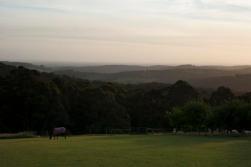This week, Real Scientists is in Amherst, Massachusetts in the US with Dr Pallavi Pant (@pallavipnt). Dr Pant is an air pollution scientist and Postdoctoral Research Associate in the Department of Environmental Health at the University of Massachusetts. We chatted with Dr Pant about their STEM story.
How did you get started in science?
As a kid, I ran a science lab with a group of friends where we conducted scientific experiments (we were not even 10 yet, so these weren’t sophisticated experiments with the right sample size, or replicates yet!) and always had a million questions. As I grew older, the field of science, especially biology and chemistry seemed particularly fascinating to me. There has been no looking back since.
What got you into researching air pollution?
I grew up in Delhi, the capital of India, one of the largest metropolitan cities in India albeit with poor air quality, noise and general environmental degradation. This was juxtaposed with my experience on my grandparents’ house in the hills of Uttarakhand (India) which I visited every year. This was a small, hilly town where the only noise came from the chirping of birds or rusting of leaves on the farm. Over the years, I developed a strong interest in environmental issues, and after dabbling with a few different topics, I decided to work on air pollution. It is one of the biggest environmental health risk factors that affects humans, and there are tangible ways to improve air quality. I enjoy the research work, and also like working with other individuals/groups to improve the public understanding of air pollution in India and beyond.
How do you research air pollution, and who can use your results?
My research focuses on characterization and assessment of levels and composition of particles in the air (aka Particulate Matter) in urban environments, particularly in developing countries. The goal is to identify key sources and variables driving exposures, and aid in policymaking. In the last decade, I have worked with a broad range of stakeholders including government, academic and research institutions, funding organizations and non-profit organizations based in North America and South Asia to improve our understanding on urban air pollution .
Through my research, I work towards improving our understanding of air pollution in urban environments, and identify opportunities to make cities more breathable. For the public, while the nitty-gritty of the science may not be as interesting, information on key sources, patterns of pollution throughout the day can be useful in identifying opportunities to reduce exposure to air pollution as they go about their daily activities.
What interests you outside the lab?
I run a platform on air pollution in India (https://indiaaq.blog) and contribute to social media content for the Graduate Women in Science (@GWISci). I love learning new languages, and I am trying learn Chinese Calligraphy right now, but it is proving to be fairly hard.
Your perfect day off?
I currently live in Western Massachusetts, and my ideal day off would include a hike in the woods followed by ice-cream at a local dairy farm!
Please welcome Dr Pant to Real Scientists!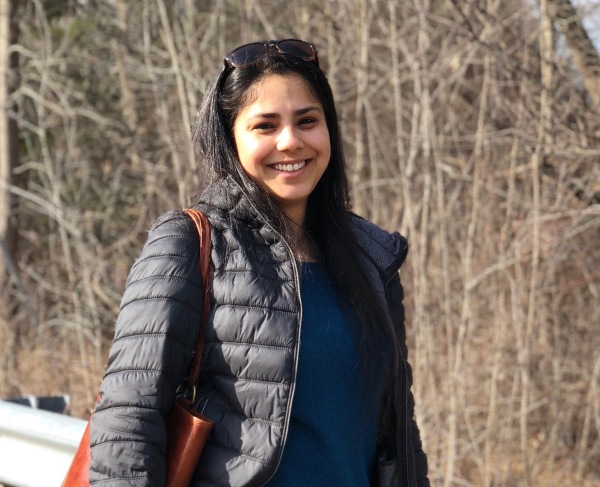


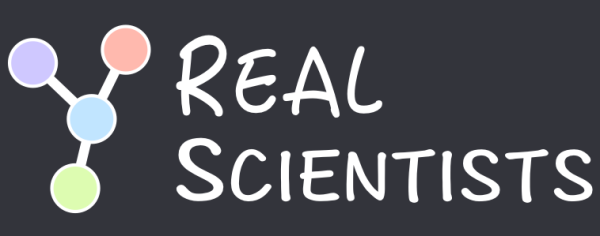
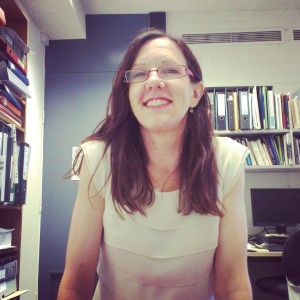 This week we have the lovely Heather Bray curating
This week we have the lovely Heather Bray curating  This week we have Emma Burrows from
This week we have Emma Burrows from 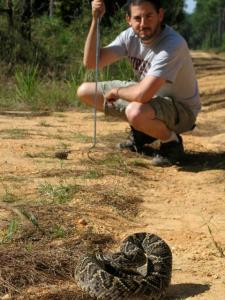

 Any interesting hobbies you’d like to share?
Any interesting hobbies you’d like to share?